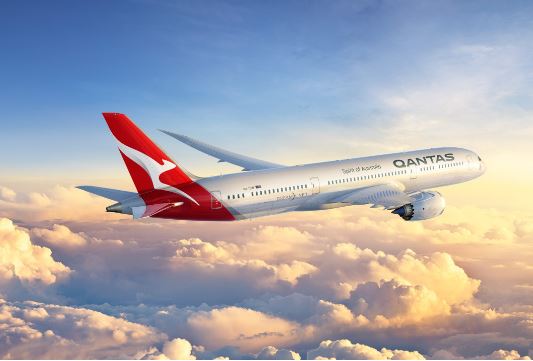Is bigger always better? Not necessarily when it comes to the size of commercial jet aircraft. With the original jumbo jets, the Boeing 747, being all but phased out as passenger craft, focus in aviation circles has turned to the Airbus A380.

Airlines are divided on whether the double-decker A380 — which can carry as many as 853 passengers — is the best option for their fleets.
Dubai-based Emirates has hitched its metaphorical wagon to the A380, declaring recently that its fleet will comprise just the superjumbos and Boeing 777s, which can carry up to 396 people.
A media release issued in November, 2016 announced: “In line with its vision to offer a superior passenger experience and improve environmental performance through a modern and state of the art wide-body aircraft fleet, Emirates has retired the last Airbus A330 and A340 aircraft in its fleet from active service.
“This makes Emirates the first and only airline in the world to operate a fleet of all Airbus A380 and Boeing 777 aircraft for its passenger flights.”
External link: The best travel hacks and tips
There are obvious advantages to having just two types of planes — it makes scheduling and maintenance a lot easier, for starters.*
Emirates, which is one of the few customers for the A380, is betting against industry sentiment that the four-engined aircraft is just too big to be profitable on many routes.
But then, Emirates has different requirements to other airlines. It is interested in — and has been very successful at — moving a lot of people at one time over various distances (including the world’s shortest scheduled A380 flight, from Dubai to Doha — just 379 kilometres).
Another advantage of a larger aircraft is that it can offer more facilities to passengers: such as the bar and shower that Emirates has in the top-deck premium cabin of its A380s.

Other airlines are looking at purchasing more fuel-efficient two-engined aircraft that often have longer ranges. Qantas, a partner of Emirates, recently announced that it would begin a nonstop Perth to London service, bypassing the stopover in Dubai.
That service, starting in early 2018, will use a Boeing 787-9 Dreamliner — an airline that has a very modern ambiance, is both fuel-efficient and quiet, and can carry up to 353 passengers.
Qantas is, of course, betting that its customers will want to remain aloft for about 17 hours over the 14,498km journey. If they are right, it opens the possibility of other direct flights to Europe from Australia that overfly the United Arab Emirates, home to both Emirates and Etihad Airways.

Many other carriers are planning to populate their fleets with variations of the newish Airbus 350, which can carry up to 350 passengers.
According to Airbus, the A350 XWB is its “family of widebody aircraft that is shaping the future of medium- to long-haul airline operations – overcoming the challenges of volatile fuel prices, matching rising passenger expectations and addressing increasing environmental concerns”.
So, the answer to the question posed at the beginning is that commercial aircraft on medium and long-haul routes are typically bigger than they used to be — in terms of the number of passengers they can carry — but are also more efficient, due to improved technologies, including carbon fibre replacing aluminium in their construction, and being limited to two engines.
The jury is still out on whether the really supersized aircraft are viable from an economic standpoint. And then there’s the question of what passengers really want: to get to their destination quickly, or to have the opportunity to make stopovers, be it just to stretch their legs or to stay a few days?
*Emirates recently delayed the delivery of two batches of A380s, apparently due to technical issues with the engines.
